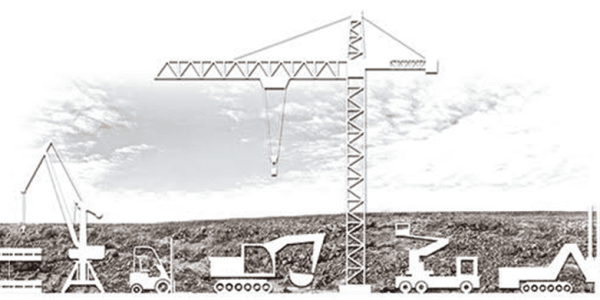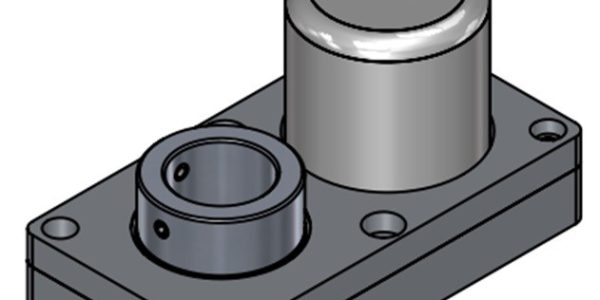Welcome to a journey through the evolution and application of rotary sensors, with a special focus on magnetic sensing technology as presented by Everight Position, an Advanced Sales Partner of POSITAL products. This guide is distilled from a detailed webinar hosted by Jarrod Orszulak, an expert in product and business development at Everight Position. It aims to equip systems integrators and engineers with the knowledge to select and implement the most suitable rotary encoders for their specific applications.
Background: A Leap Through History
Rotary encoders have undergone significant development since their inception in the 1950s. Initially designed to aid spaceflight with high-resolution and longevity, optical encoders set the stage. However, the introduction of magnetic encoders, utilizing Hall Effect sensors and more recently TMR technology, brought about a shift towards more compact, cost-effective, and robust solutions, particularly beneficial in harsh environmental conditions.
Understanding Encoder Technologies
- Optical Encoders:
Developed for precision, optical encoders have been the cornerstone of applications requiring high resolution and reliability. They operate by using a light source to detect movements through an optical disk, providing accurate positional feedback. More recently reflective optical encoders have entered the market, providing a more compact form factor.
- Magnetic Encoders:
Magnetic encoders mark a significant advancement in sensing technology. By detecting changes in magnetic fields through Hall Effect or TMRs, these encoders offer a robust and cost-effective alternative. Their resilience against dust, moisture, and shock makes them ideal for challenging industrial environments.
Advances in Magnetic Encoder Technology
Recent developments in microprocessor technology have significantly narrowed the performance gap between magnetic and optical encoders. Modern magnetic encoders now boast latency times, accuracy, and resolutions that rival their optical counterparts. The concept of mass customization, driven by software advancements, allows for a wide range of product variations, meeting diverse customer needs without the high costs associated with traditional customization methods.
Selecting the Right Encoder
Choosing the correct encoder involves a systematic evaluation of your application requirements:
- Connection and Coupling: Assess how the encoder will integrate mechanically with your system, considering shaft and flange compatibility.
- Resolution and Accuracy: Determine the level of precision needed, keeping in mind the limitations of your system’s mechanical components. Read more on the important distinction between resolution, accuracy and precision here: https://evrtp.com/ver2/accuracy-resolution-and-repeatability/
- Single vs. Multi-Turn: Decided based on whether you need to track positions within a single rotation or across multiple rotations.
- Communication Protocol: Identify the most suitable protocol for your system, from simple incremental outputs to advanced Ethernet-based networks.
- Environmental Resistance: Consider the operational environment to select the appropriate housing material and IP rating.
- Wiring Preferences: Choose between connectors and cables based on ease of installation and maintenance requirements.
Applications and Opportunities
- Food and Beverage: Magnetic encoders excel in washdown environments, thanks to their high IP ratings and stainless steel construction options. Smaller size results in sensors that are lower cost and easier to seal.
- Off-Highway Vehicles: The robustness of magnetic encoders against vibration, shock, and extreme temperatures makes them ideal for heavy-duty applications.
- Material Handling: The flexibility of programmable encoders simplifies adaptation to diverse packaging and conveyor systems, enhancing operational efficiency.
- Motors and Drives: Compact kit solutions integrate seamlessly with OEM products, offering a balance between performance and cost, while addressing EMC concerns.
The advancements in magnetic encoder technology challenge the traditional dominance of optical encoders, offering systems integrators and engineers a robust, versatile, and cost-effective alternative. With the ability to withstand harsh environmental conditions and provide precise feedback, POSITAL magnetic encoders from Everight Position are well-suited for a wide range of industrial applications.
For further inquiries or to explore the most suitable encoder solutions for your projects, please reach out to one of our experts at Everight Position.
Do you have questions?
"*" indicates required fields





